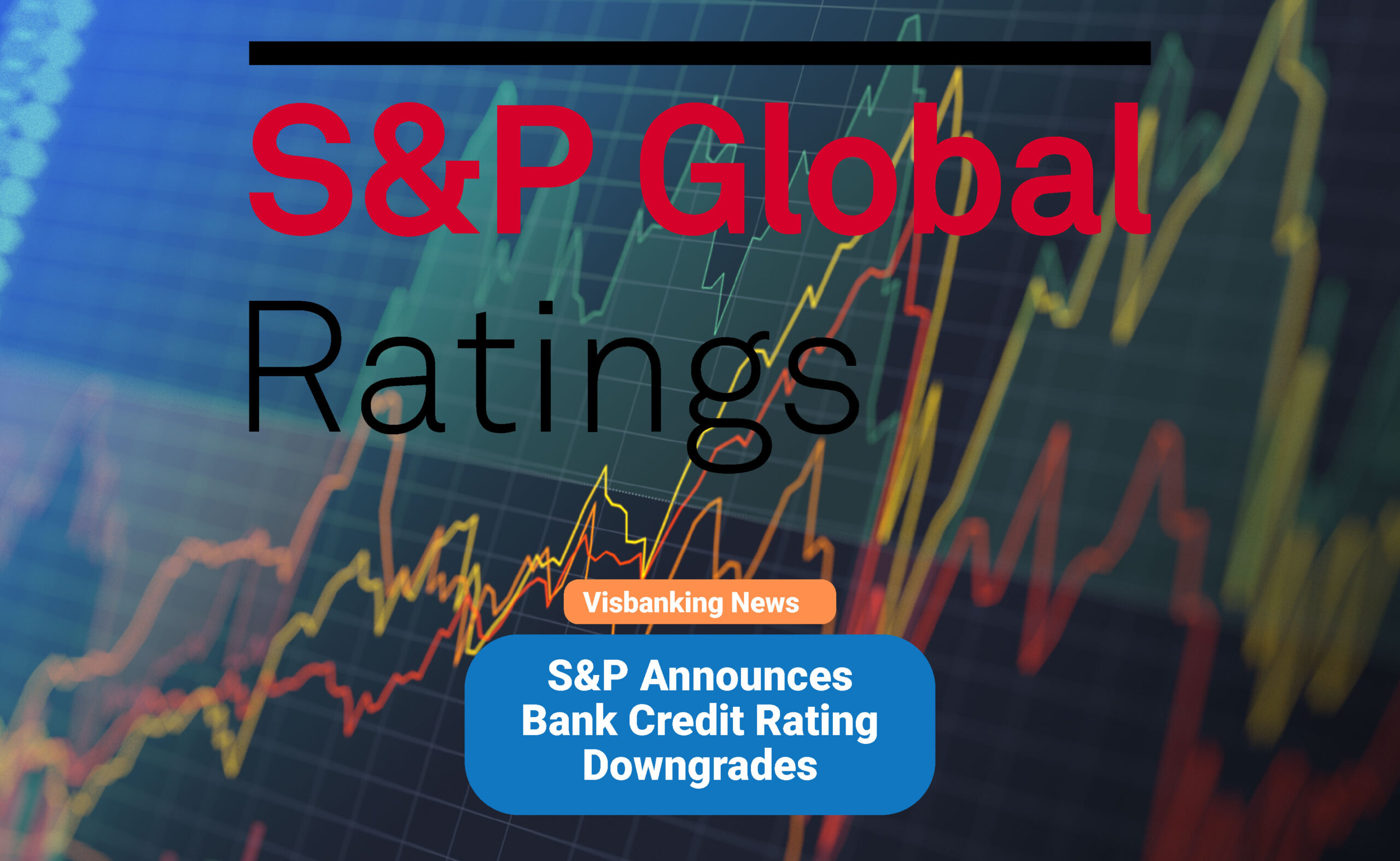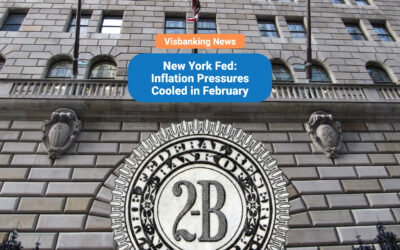This week, S&P Global Ratings confirmed bank credit rating downgrades for several big banks. The agency noted in a report that the downgraded banks could be “less resilient” than peers due to continuing risks. The move comes just weeks after Moody’s announced its own downgrades of small and midsize financial firms.
Why did S&P announce these bank credit rating downgrades?
In Monday’s report, the credit agency pointed to several reasons for its decision. It cited the current “tough operating conditions” – specifically mentioning the dramatic increase in interest rates. According to S&P, the Fed’s effort to fight rising prices is threatening bank funding and liquidity. “These factors have also caused the value of banks’ assets to fall and raised the odds of asset quality deterioration.”
Which banks were impacted?
The announced bank credit rating downgrades focused on five big banks with more than $400 billion in combined assets. Those banks include Comerica Inc, Valley National Bancorp, Keycorp, Associated Bank Corp., and UMB Financial Corp. Each of the five downgraded banks are ranked in the top 50 U.S. banks, based on assets.
In addition to the five downgraded banks, the credit agency also changed two banks’ credit outlook. The revised outlook could lead to them being downgraded at some future point in time. Those banks include Sacramento-based River City Bank and Pennsylvania’s S&T Bank. Finally, the agency also looked at another three banks, including Zions Bancorporation, Truist Financial, and Synovus Financial.
Despite its latest actions, S&P concluded that the outlook for most bank ratings across the U.S reflects broad stability. Specifically, S&P asserted:
“The preponderance of stable outlooks reflects that stability in the U.S. banking sector has improved significantly in recent months, as evidenced by more modest deposit declines than feared following the bank failures of March and April 2023, continued solid earnings, and still relatively good funding metrics by historical standards.”




